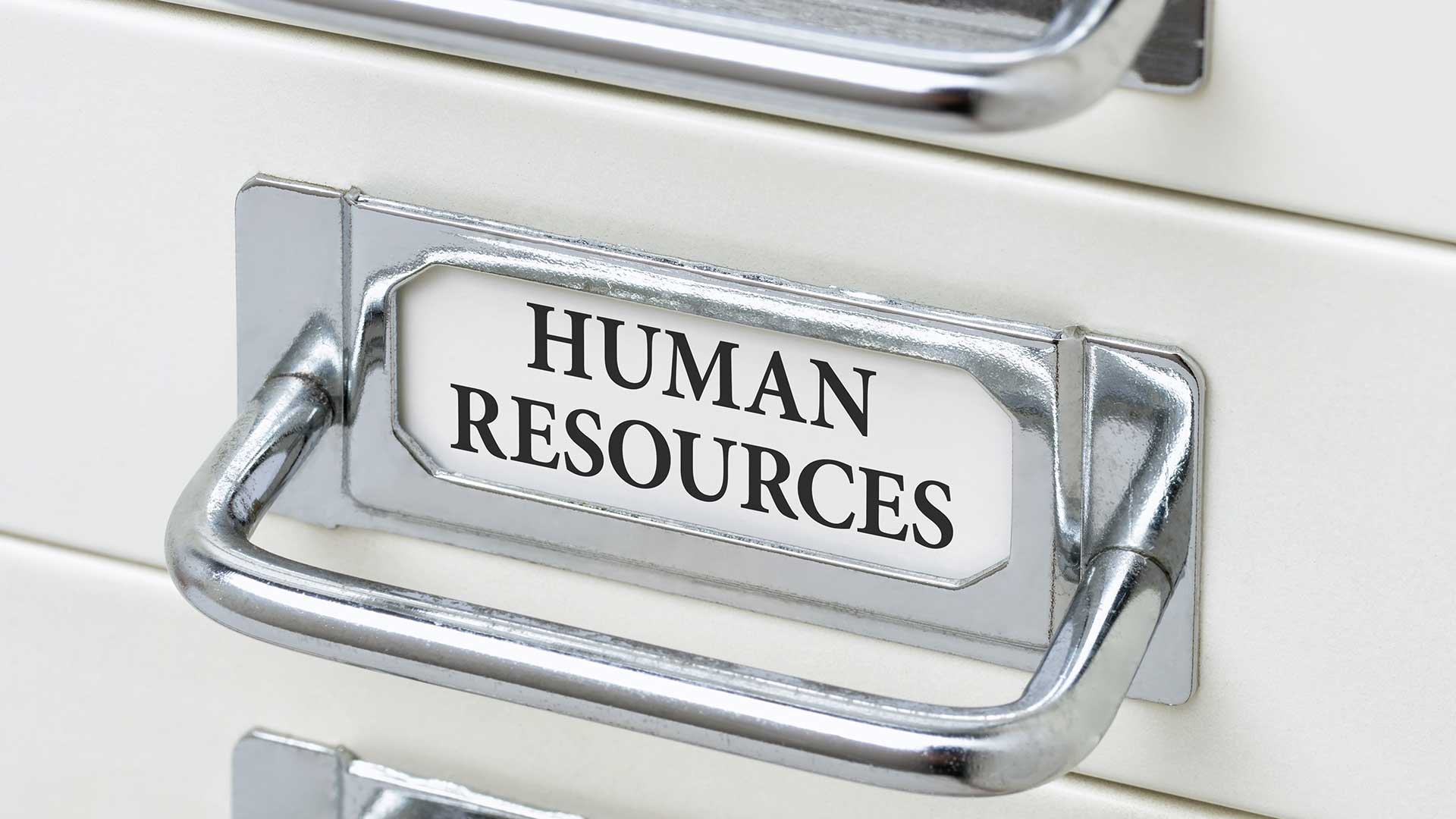Improving Workplace Efficiency with Employee Document Management
Table of contents
In the modern workplace, managing employee documents effectively is crucial for operational efficiency and compliance. From onboarding new hires to maintaining records for existing staff, Employee Document Management (EDM) is a key aspect of human resources. This article explores strategies for effectively managing employee documents, ensuring a smooth workflow and adherence to legal standards.
Employee Document Management
Significance of Efficient EDM
Effective management of employee documents streamlines HR processes, enhances data security, and ensures compliance with employment laws. It involves maintaining accurate and up-to-date records for every employee, from recruitment to retirement.
Key Elements of EDM
- Digital Record Keeping: Transitioning from paper to digital records for easier access and management.
- Compliance and Security: Ensuring sensitive employee information is securely stored and complies with legal regulations.
- Automated Workflows: Utilizing software to automate tasks like document updates and notifications.
Strategies for Effective Management
1. Digital Transition
- Implement an electronic filing system for employee documents.
- Use scanning services to convert existing paper records to digital formats.
2. Organizational Structure
- Categorize documents by type (e.g., employment contracts, performance reviews, personal information).
- Ensure easy retrieval with efficient indexing and search capabilities.
3. Compliance and Security
- Regularly update documents in line with legal requirements.
- Implement strict access controls and encryption for data security.
4. Employee Access and Self-Service
- Provide employees with secure access to their own records.
- Enable self-service for updates to personal information, reducing HR workload.
Implementing an EDM System
Choosing the Right System
- Consider features like user-friendliness, scalability, and integration with other HR tools.
- Evaluate different EDM solutions for compatibility with your business needs.
Best Practices for Implementation
- Training and Support: Educate HR staff and employees on using the new system.
- Regular Audits: Conduct periodic audits to ensure data accuracy and compliance.
- Feedback Mechanism: Have a system for feedback to continuously improve the EDM process.
Conclusion
Effective Employee Document Management is vital for streamlining HR operations and maintaining compliance. Fill out our "get a quote" form. By embracing digital solutions and strategic management practices, businesses can enhance workplace efficiency, safeguard sensitive information, and provide a better experience for both HR staff and employees.
Share this
You May Also Like
These Related Stories

Why HR Leaders Should Embrace Digital Document Archiving

Mitigating Risks in HR Through Effective Document Management

